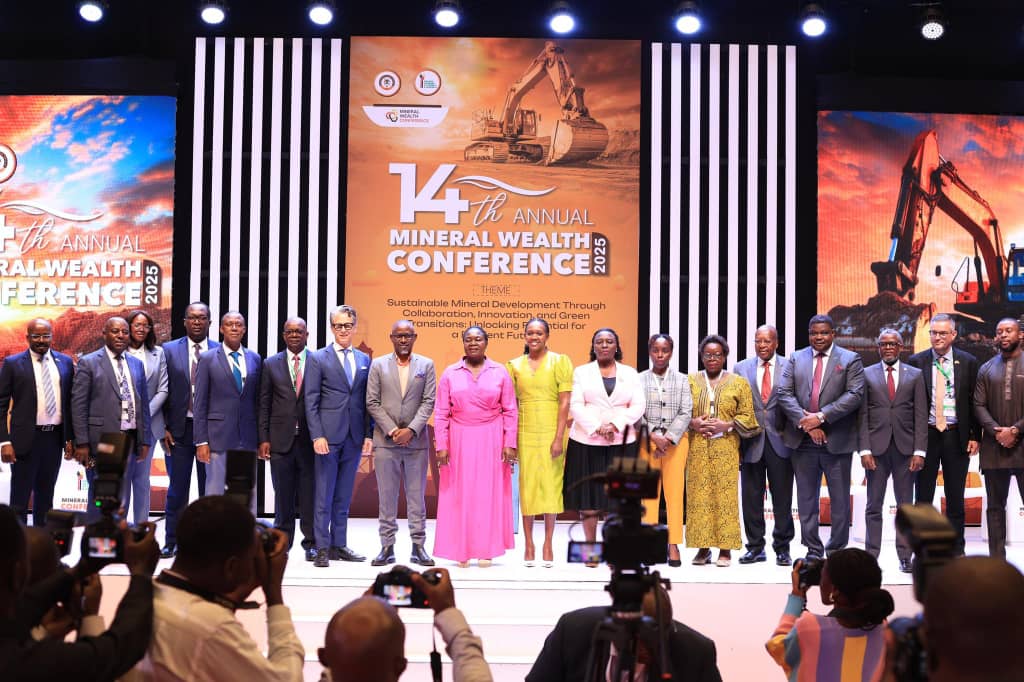
Stakeholders from government, industry, finance and diplomacy gathered at the Kampala Serena Hotel for the 14th Mineral Wealth Conference, where they outlined a roadmap to ensure Uganda’s mineral resources fuel sustainable and inclusive growth.
Hosted by the Uganda Chamber of Energy and Minerals in partnership with the Ministry of Energy and Mineral Development, the two-day forum ran under the theme “Sustainable Mineral Development Through Collaboration, Innovation, and Green Transitions: Unlocking Potential for a Resilient Future.”
Energy Minister Ruth Nankabirwa highlighted Uganda’s diverse mineral wealth including gold, copper, lithium, cobalt, graphite and rare earth elements, emphasising that the country’s youthful population offers a strong base for value addition. She pointed to recent milestones such as the commissioning of Uganda’s first tin smelting and refining plant in Mbarara, now producing more than 1,000 tonnes annually, and the Wagagai Gold Mine Refinery, which has achieved 99.9% gold purity.
Other developments include the revival of Kilembe Mines through a Production Sharing Agreement, the establishment of the Uganda National Mining Company, and discovery of high-grade silicon dioxide at Kome Islands. According to Nankabirwa, these projects mark the beginning of Uganda’s transformation from an exporter of raw ore to a hub of mineral processing and manufacturing.
Financing was a central theme of the conference. I&M Bank Uganda, a key partner to the event, used the platform to advocate for green finance as a pillar of the country’s mining future. Bank executives argued that sustainability-linked lending is not optional but essential for competitiveness in a carbon-conscious global economy.
At a CEO’s breakfast session, I&M Bank’s CEO Robin Bairstow stressed that green financing models must underpin the industry’s expansion. On the second day, Executive Director Sam Ntulume assured participants that Uganda’s financial institutions are well-capitalised and ready to support viable projects that demonstrate strong environmental, social and governance commitments.
Diplomatic voices also weighed in. British High Commissioner Lisa Chesney praised Uganda’s collaborative approach and reaffirmed the UK’s readiness to partner in building a responsible mineral sector. Industry leaders, including Chamber chairperson Aggrey Ashaba, emphasised that financial institutions and international partnerships will be vital to strengthening value addition and improving governance.
Conference sessions underscored the importance of creating local supply chains, strengthening national-content rules, and ensuring communities directly benefit from resource development. Exhibitions and side events showcased Ugandan suppliers in drilling, transport, laboratory testing and camp services, reflecting efforts to weave local enterprises more deeply into the mineral economy.
As the forum concluded, participants converged on a common message, Uganda’s mineral endowment can be a cornerstone of economic transformation if developed responsibly. Delivering that promise will depend on transparent governance, effective financing frameworks, and collaboration across government, private sector and communities.